For every hustler, entrepreneur, or small business owner, there’s one financial metric that stands above all others: cash flow. You can have a brilliant idea, a strong customer base, and even be profitable on paper, but if you don’t have enough cash moving through your business, you’re in trouble. Understanding and actively managing your cash flow is not just important; it’s the absolute lifeblood of your venture.
This guide will brake down what it is. We’ll break down its definition, explain its importance to your financial survival and growth, and provide actionable best practices. Get ready to master the movement of money in your business, and ensure its long-term health.
Definition and Importance
Cash flow refers to the net amount of cash and cash equivalents being transferred into and out of your business. In simpler terms, it’s the money coming in (inflows) versus the money going out (outflows) over a specific period. Positive cash flow means you have more money coming in than going out, while negative cash flow means the opposite.
Here’s why it is important:
- Survival: Without positive flow of cash, a business cannot pay its bills, employees, or suppliers. Even a profitable business can fail if it runs out of cash.
- Operational Health: It indicates your business’s ability to generate cash from its core operations. Healthy cash flow means you can cover daily expenses without constantly seeking external funding.
- Growth and Investment: Positive cash flow allows you to reinvest in your business – whether that’s purchasing new equipment, expanding marketing efforts, hiring staff, or developing new products.
- Flexibility: A strong cash position provides a buffer for unexpected expenses or economic downturns, giving your business resilience.
- Investor Confidence: Lenders and investors closely scrutinize cash flow. Consistent positive cash flow demonstrates financial stability and effective management.
Real-World Side Hustle Example
Consider Sarah, a freelance photographer. In January, she receives $1,000 from a client for a photoshoot completed in December (an inflow). She then pays $200 for new editing software and $50 for her website hosting (outflows).
At the end of January, Sarah’s cash flow for the month would be: $1,000 (inflow) – $200 (software) – $50 (hosting) = $750 (net positive cash flow).
This positive cash flow means Sarah has $750 more in her bank account at the end of the month than she started with, after accounting for these transactions. If her outflows had exceeded her inflows, she would have had negative cash flow, potentially requiring her to dip into savings or delay payments. Managing this balance is key to her freelance success.
Cash Flow Best Practices
Proactive management of your flow of cash is crucial. Implement these strategies to ensure a steady stream of funds for your business.
- Forecast Regularly: Create a forecast for the next 3, 6, or 12 months. Project your expected inflows (sales, receivables) and outflows (expenses, debt payments). This helps you anticipate shortages or surpluses.
- Accelerate Receivables: Encourage clients to pay faster. Offer early payment discounts. Send invoices promptly and follow up systematically on overdue payments. The quicker money comes in, the better your cash flow.
- Manage Payables Strategically: Pay your bills on time, but don’t pay them early if it strains your cash. Utilize payment terms (e.g., Net 30) to your advantage, holding onto cash for as long as possible without incurring late fees.
- Control Expenses: Regularly review your spending. Identify non-essential costs that can be reduced or eliminated. Even small cuts can add up to significant cash savings over time.
- Maintain a Cash Reserve: Build an emergency fund for your business. Aim for at least 3-6 months of operating expenses. This buffer protects you during lean periods or unexpected events.
- Diversify Income Streams: Relying on a single source of income can make your cash flow volatile. Explore multiple revenue channels for your business to create more stability.
Quick Case Study
“Green Thumb Landscaping,” a small business run by brothers Liam and Noah, experienced rapid growth. They landed several big contracts. On paper, they were profitable. Yet, they constantly felt short on cash. They realized their cash flow was erratic. Payments from large clients often came 60-90 days after services were rendered, while their payroll and material costs were weekly.
Liam and Noah took action:
- They implemented a strict invoicing policy, sending bills immediately upon project completion.
- For larger projects, they started requesting a 25% upfront deposit.
- They negotiated slightly longer payment terms with their suppliers where possible.
- They began using cash flow forecasting software to predict their weekly cash position.
Within six months, Green Thumb Landscaping’s cash flow stabilized. They no longer had to delay paying suppliers or worry about making payroll. The upfront deposits provided immediate working capital, and better forecasting allowed them to manage their expenses more effectively, leading to smoother operations and less financial stress.
Tools and Resources
Managing your cash flow is made significantly easier with the right tools, helping you track, predict, and optimize your money movement.
- Accounting Software :
- QuickBooks Online: Offers robust cash flow reporting, forecasting, and integration with bank accounts.
- Xero: Provides excellent cash flow insights and forecasting features, with a user-friendly interface.
- FreshBooks: Strong for service-based businesses, with good invoicing and expense tracking that feeds into cash flow.
- Dedicated Cash Flow Forecasting Tools:
Spreadsheets: For simpler needs, a well-structured Google Sheet or Excel spreadsheet can be used to manually track and project cash inflows and outflows.
Your Next Step: Master Your Money Movement
Understanding what cash flow is and actively managing it is the single most important financial skill for any hustler. It’s about ensuring your business always has the fuel it needs to operate, grow, and thrive, regardless of your profitability on paper.
Ready for more essential insights to fuel your entrepreneurial journey? Don’t miss out on crucial tips and strategies for mastering your finances. Follow our Hustlers Library newsletter today to stay ahead of the curve!







